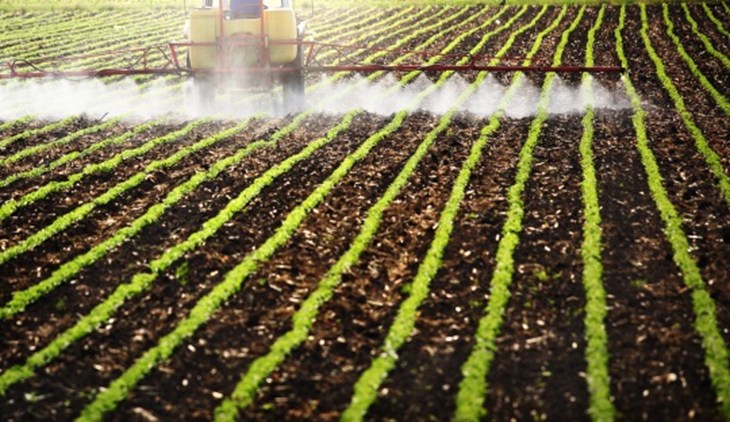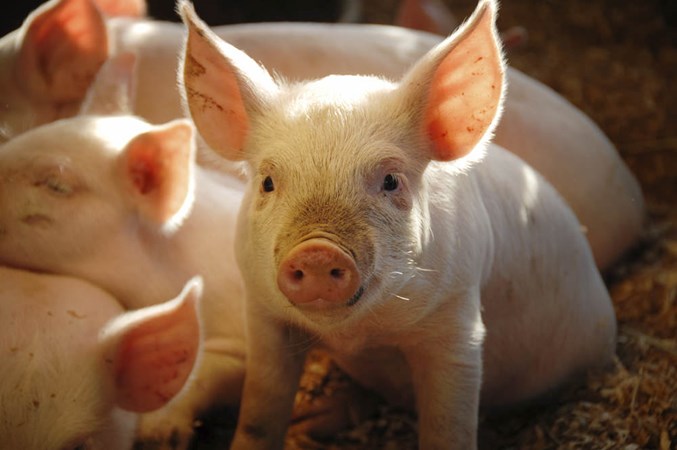8/19/2023
Bees are a crucial part of a healthy ecosystem. They pollinate everything from crops to fruits to wildflowers. Three out of four crops across the globe that produce fruits or seeds for human consumption rely at least in part on pollinators.
Alarmingly, the bee is in crisis. In recent decades, there has been a steep decline in the numbers of both wild and domestic bees. Several species have been completely wiped out.
There are a number of possible explanations for this, but one seems to stand out from the rest. According to The Independent, more than 30 separate scientific studies suggest that bees are suffering due to the use of neonicotinoids on crops.2 These potent pesticides, which saturate every fiber of the plant, are extremely toxic to insects—so much so, in fact, that treated crops have been dubbed “poison factories” by the media.
Farming gone awry
Intensive agriculture has a great deal to answer for when it comes to the beleaguered bee. It was factory farming that created the need for vast quantities of homogenized animal feed in the first place. Under pressure to improve the efficiency of crop production, farmers were encouraged to create bigger fields and cultivate monocultures—just one or two crop varieties grown across large areas.

The impact of this shift in farming methods has been huge. As fields expanded, miles of hedgerows and acres of wildflower meadows were lost, along with the varied habitats that bees—and other species of insects, birds, and mammals—need to survive. Nectar became scarce and pollinators found it harder to travel between the isolated pockets of hospitable land, once connected by hedgerows.
Then, as if life under these new conditions wasn’t hard enough for bees, along came neonicotinoids, or “neonics,” as they’re known—considered by many to be the death knell for the humble bumblebee.
Our callously restructured agricultural system has brought about the heavy use of these pesticides. Not only have pests adapted to the uniform environment that surrounds them, acre after acre, year after year, but also fewer hedgerows means that there are fewer natural predators to keep pests in check. And to make a bad situation worse, there’s no place for crop rotation in the industrial-farming model. Among its many benefits, the practice of crop rotation is a natural method of pest control, often driving the invaders away as crops change.
The message is resounding: Intensive farming is a senseless model of food production with profound implications for our planet and its inhabitants.
Want to help us end factory farming? Please visit our action center.

